Proper nutrition is of great importance for the prevention and treatment of stomach inflammation. Diet reduces the severity of painful manifestations and increases the effectiveness of therapeutic manipulations.
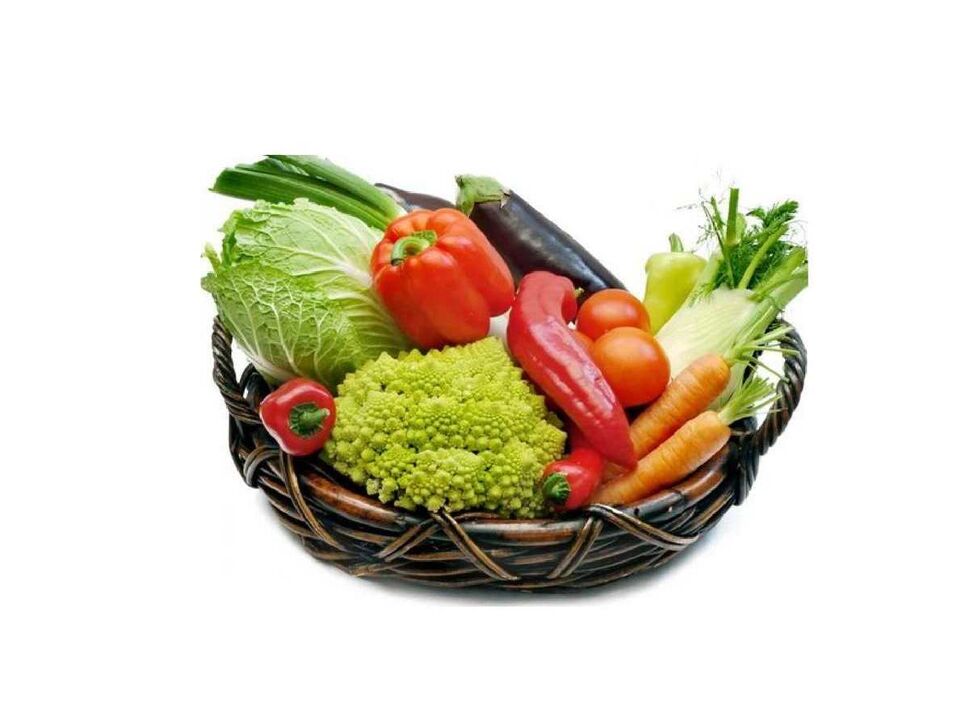
An imbalance of food components (proteins, fats, carbohydrates, fibers) changes the pH of the stomach, stimulates the pathogenesis of gastritis, including gastric ulcers. All diets for chronic stomach diseases are developed taking into account the acidity of the gastric environment.
According to nutritional values, gastritis treatment tables are divided into two types:
- Basic diets. The diet contains a sufficient amount of energy needed to maintain the vital functions of the patient and at the same time has a beneficial effect on the walls of the stomach;
- Low calorie diet. In case of worsening of the pathogenesis (acute digestive disorders, constipation, diarrhea), a diet with reduced energy value is used for several days.
Diets (tables) used to feed patients with gastritis have digital designations. Official medicine has approved fifteen therapeutic diets with a base number. Some tables come in several variations, designated by letters of the alphabet. For stomach diseases, tables No. 1, 1a, 1b, 2, 3 and 4 are recommended. During the period of therapeutic nutrition for gastritis, you should give up alcohol and smoking, as well as fatty, smoked, pickled, spicy and sour foods. foods.
The diet of patients diagnosed with gastritis is based on several principles underlying such diets:
- Eliminate hot foods from your diet (over 600C) and cold (below 150C) dishes;
- Choose the optimal temperature for dietary food (20-500ME);
- Use the rules for eating: small meals (up to 5-6 times a day) and regularity (at the same time);
- For hyperacid gastritis, exclude from the diet foods that stimulate the production of hydrochloric acid and irritate the walls of the stomach;
- For hypoacid and anacid gastritis, give preference to foods that accelerate digestion;
- If a person has two diseases at the same time, for example, gastritis and diabetes, foods that are harmful to diabetes should also be excluded from the diet.
What can you eat if you have gastritis with high acidity?
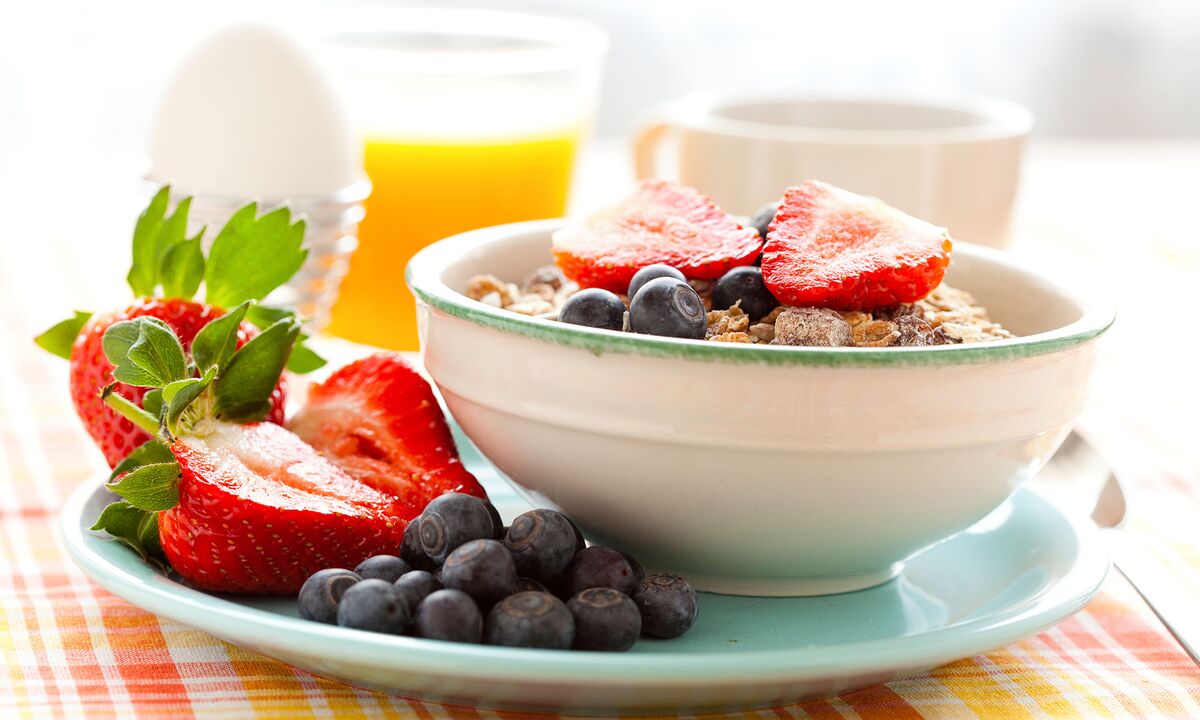
The diagnosis of "chronic gastritis with high acidity" or "chronic hyperacid gastritis" is confirmed by comprehensive medical studies using laboratory and functional diagnostic methods.
The disease is characterized by an increase in the amount of hydrochloric acid, digestive enzymes and other components of the gastric juice produced. Acid irritates the walls of the stomach, reduces their functional properties and changes the course of the physiological processes of digestion.
The main symptoms of gastritis with high acidity are pain between meals, heartburn after eating.
For gastritis with high acidity, it is forbidden to consume dishes based on juices rich in mushrooms, meat and fish, as well as semi-finished instant products. They strongly irritate the taste buds and stimulate the additional production of hydrochloric acid.
The set of dishes that should include the diet of a patient diagnosed with gastritis with high acidity includes:
- First course (pure soups with vegetables and grains, noodle soups cooked with water or milk);
- Main dish (meat, fish, cut into pieces, steamed, boiled or baked, sometimes lightly fried, without crust);
- Side dishes (boiled vegetables, pasta, soft cereals);
- Salads, snacks (salads with boiled vegetables, lean meat-based foods, fish, milk sausages, cheese);
- 2. 5% pasteurized milk, some fermented milk products (cream, yogurt, cottage cheese);
- Fruits and berries of sweet varieties;
- Drinks (tea, compote with dried fruits, jelly, juices from some types of fruits, stew);
- Bakery products (dry wheat bread, dry cookies);
- Fats (vegetable oils, butter).
More details about each ingredient in the menu for a patient with hyperacid gastritis:
- Beef.It is recommended to use meat of the first category with limited fat content. The energy value of this product is about 218 kcal per 100 g. The ratio of proteins and fats is 1: 1. Beef contains many macro and microelements, especially phosphorus, sulfur, iron, zinc, copper, chromium, cobalt and molybdenum, as well as a high content of B vitamins. Chopped cutlets withsteam, portions of boiled, stewed and baked meat. are prepared from beef;
- Mutton.Lean meat is allowed, its energy value per 100 g is about 209 kcal, the ratio of proteins and fats is 1: 1. The product contains many macroelements potassium, sulfur, phosphorus, microelements copper, fluorine. Because of its specific taste and smell, lamb meat is rarely used in medical institutions, but it is quite possible to cook it at home;
- Rabbit meatthe energy value of 100 g is about 183 kcal. The ratio of proteins and fats is 2: 1. Meat contains a lot of macro- and microelements and vitamins. Lean rabbit meat is considered one of the best meat products for hyperacid gastritis. Boiled, stewed, baked pieces are prepared;
- Chicken meat.The energy value of 100 g is 90-180 kcal, depending on the part of the carcass. The ratio of proteins and fats roughly corresponds to that of rabbit meat. The most valuable white meat is skinless chicken breast. Prepare boiled and baked pieces;
- Sausage.Eat as a snack. It is recommended to consume up to 50 g per day of fat-free varieties of boiled milk and doctor's sausage. Sausages can be replaced with offal and goose;
- Beef tongue.Its energy value is about 173 kcal per 100 g. This is a delicious by-product of the first category. It is nutritious and rich in nutrients. It is used boiled, as a snack;
- Sausage. The use of this product is not regulated by the official diet for gastritis. Since it is possible to use low-fat varieties of milk sausages, it should be assumed that milk sausages can be eaten even with gastritis with high acidity. It is not recommended to choose smoked and fried sausages, sausages and bacon with a large amount of pork fat;
- Sea fish.Low-fat varieties are recommended. The usual amount of fat in fish is up to 15-20%. Fish with low fat content are marine species (cod, tuna). Their fat content is from 0. 4 to 0. 8%, and their protein content is from 17. 6% (cod) to 22. 8% (tuna). The energy value of this fish ranges from 148 kcal per 100 (cod) to 297 kcal per 100 g (tuna). Fish contains healthy unsaturated fats (omega-3, omega-6). Low-fat herring soaked in water (milk) is allowed as a snack. Small amounts of sturgeon caviar are allowed for hyperacid gastritis;
- River fish.Low fat content in perch and pike. The limited consumption of river fish in medical institutions is due to the large number of small bones. Boiled pieces and steamed pieces of fish are prepared at home;
- Milk.Pasteurized cow's milk with a fat content of 2. 5% is usually used. Whole milk (directly from the cow) is prohibited in the diet. The energy value of milk 2, 5% is 54 kcal per 100 ml. Pasteurized milk can be consumed without additional heat treatment. Warm dishes are prepared on it: soup, porridge, puree, omelette. Individual intolerance to milk components is possible;
- CreamThis is milk split into 10% (normal cream) or up to 35% (heavy cream). Heavy cream is not used in diets, but normal cream is added in small amounts to main dishes, sauces and puddings;
- Hard cheesesParmesan, Dutch, Kostroma, Cheddar and others. The energy value is about 355 kcal per 100 g of product. It is used as a snack. For gastritis with high acidity, hard cheeses with limited fat content (30-50%) without spicy additives are recommended. You can consume more than 20-50 grams of cheese per day;
- Soft cheesesMascarpone and others. The caloric content of Mascarpone cheese is 450 kcal per 100 g of product. For dietary food, you should choose soft and unsalted cheese varieties. A moderate amount of cheese can significantly adjust the balance of proteins and fats of animal origin, as well as microelements in the daily diet of a patient with gastritis;
- Curd.Non-acidic varieties are recommended.The fat content varies from 0% (low-fat cottage cheese) to 30% (fat cottage cheese). The energy and nutritional value of such a product is very high. Cottage cheese can be used as cottage cheese, cottage cheese, fried without a crust;
- yogurt. The standard fat content is 3. 2%. The product is low in calories, only 65 kcal per 100 gr. Yogurt contains a lot of sugar and few acids. The main varieties of yogurt are suitable for dietary food for gastritis;
- Chicken eggs.The energy value is 157 kcal per 100 g of product. The ratio of proteins and fats is approximately 1: 1. For gastritis, use freshly produced eggs (taken from a chicken) no later than seven days ago. Soft-boiled eggs and omelets with milk or cream are recommended. Raw eggs are prohibited in diet foods because of the poor digestibility of raw proteins;
- Porridge.The caloric content of porridge exceeds the energy value of meat products. However, plant carbohydrates provide quick energy. Porridge should not be considered the main component of dietary food for gastritis. Popular cereals are used to prepare porridges, soups, puddings and other dishes: semolina, rice, buckwheat and semolina.
- oatmealenergy value 100 g 335 kcal. The main amount of energy comes from carbohydrates. Despite the high content of macro- and microelements and vitamins, semolina is carefully used in the diet of children under 3 years old and elderly people over 70 years old. A high level of individual intolerance to the product was observed in these age groups;
- Rice cerealenergy value 100 g 323 kcal. A 100 gram serving provides approximately 20% of a person's daily energy requirement. Rice contains many useful substances. It contains ingredients that ease the irritation of the stomach walls and has antioxidant properties;
- Buckwheatenergy value 100 g 335 kcal. Valuable dietary product. Regulates blood cholesterol level, normalizes metabolic processes, promotes weight loss;
- Oatmealenergy value 100 g 342 kcal. Oatmeal is allowed. Porridge made from oats (flakes) has a high energy value and contains the maximum range of macro- and microelements and B vitamins. Mucous substances of oats reduce the irritation of the stomach walls.
- pastaand vermicelli. Energy value 100 g 320-350 kcal. For gastritis with high acidity, pasta made from premium durum wheat is recommended. The negative effect of wheat (an undesirable wheat product for gastritis) is reduced by the protein component of pasta, egg white. It is added during the manufacturing process in the factory. Pasta and vermicelli are used as ingredients of the first and second courses;
- Bread.For gastritis, use premium wheat bread. It should not be fresh. It is best if the bread is baked 1-2 days before. Biscuits and dry biscuits are allowed in limited quantities. You can diversify the menu up to twice a week with pies baked with meat, fish, apples and berries, which are allowed for hyperacid gastritis;
- potatoenergy value 100 g 77 kcal. The product contains large amounts of water, carbohydrates, potassium, iron, zinc, vitamin PP (nicotinic acid). Boiled or pureed is recommended. It is forbidden to include fried potatoes in your diet. In this form, it is poorly digested, irritates the walls of the stomach and stimulates fermentation processes;
- Carrotsenergy value 100 g 33 kcal, contains a large amount of carbohydrates, Beta-carotene (provitamin A), B vitamins, pectin. Pectins are substances that disinfect the body and reduce the level of harmful substances. Carrots have a lot of potassium and other trace elements;
- beetenergy value 100 g 43 kcal, contains a large amount of carbohydrates, macro- and microelements, vitamins. It is consumed boiled. Beetroot prevents the development of pathogenic microflora in the stomach and intestines, and also increases intestinal motility;
- wrong conceptions. Nutritionists' recommendations regarding its use for gastritis are unclear. Cabbage is certainly healthy, but it can cause bloating. White cabbage and Brussels sprouts increase the secretion of gastric juice. These varieties are not recommended for hyperacid gastritis, but are used for gastritis with a low content of hydrochloric acid;
- cauliflowerenergy value 100 g 30 kcal, contains a large amount of carbohydrates, potassium and sugars, vitamin C, trace elements. It is highly recommended for hyperacid gastritis when boiled and steamed, as it does not stimulate the production of hydrochloric acid;
- Zucchinienergy value 100 g 24 kcal. Lots of carbs and sugars, little fiber. Zucchini is rich in vitamin C (ascorbic acid) B9(folic acid), A (retinol). Zucchini has a delicate consistency of pulp, they are definitely recommended for dietary food for gastritis;
- Pumpkinenergy value 100 g 22 kcal. The product is balanced in proteins, fats and carbohydrates, rich in vitamins A and B9(folic acid), C (ascorbic acid). Of the macro- and microelements, a high content of potassium and copper can be noted. Pumpkin is recommended for hyperacid gastritis in the form of pumpkin porridge; pumpkin juice is also very useful. This vegetable has beneficial properties for pathologies of the gastrointestinal tract; the seeds have anthelmintic properties and have a laxative effect. It is recommended that the fruits of pumpkins and squashes be consumed in the early stages of ripening. Ripe fruits are not recommended to be used;
- TOMATOenergy value 100 g 20 kcal. Only ripe fruits with a high sugar content are used. The product is rich in potassium, chlorine, sodium, vitamins A and C. For hyperacid gastritis, tomatoes are consumed in pureed soups and sauces. It is recommended to remove the peel first;
- Fresh green dill.It is very useful to use fresh fennel as a spice for gastritis with high acidity. This product is rich in vitamins, in addition, the substances contained in fennel prevent the fermentation of food in the stomach and relieve cramps;
- Apples.Only sweet varieties are recommended. The energy value of this product is 47 kcal per 100 g. Apples contain a large amount of macro and microelements and vitamins. Apple diets made from green apples are a myth. All of the supposed essential biochemical components of apples, including pectins, are found in other fruits and vegetables. Before eating apples, remove the peel, it irritates the walls of the stomach. Ripe apples for gastritis can be consumed without restrictions;
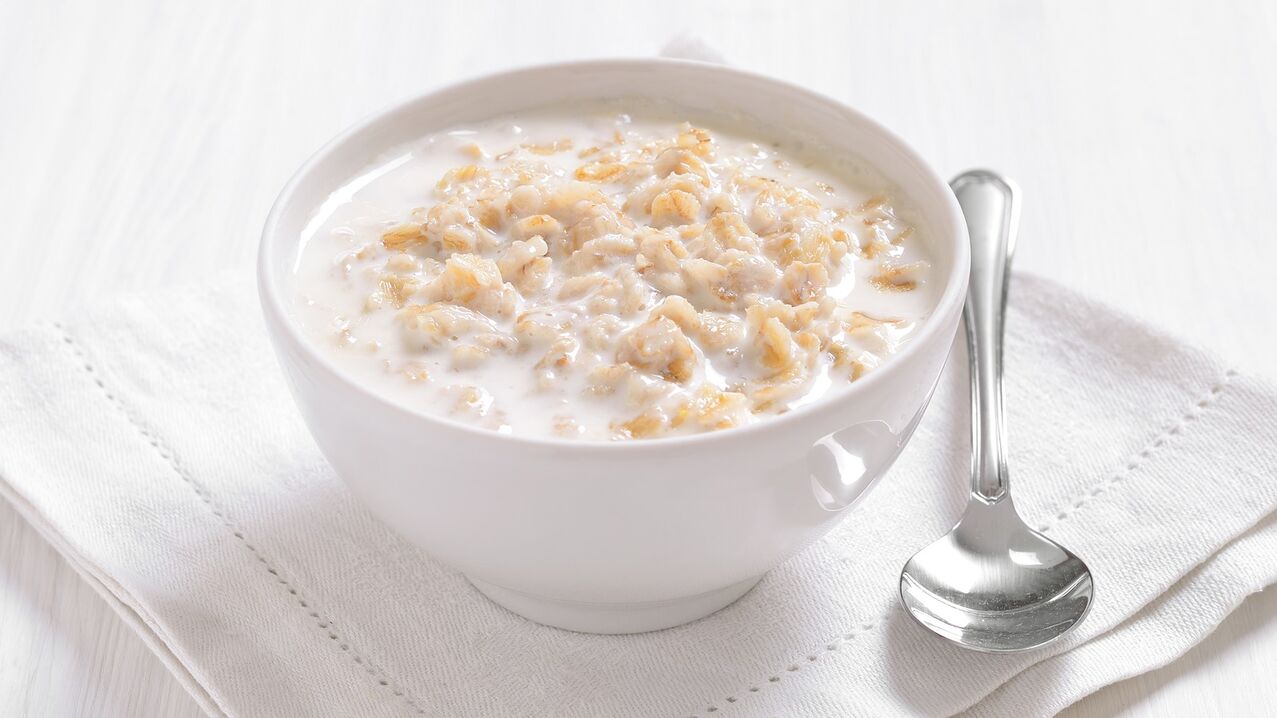
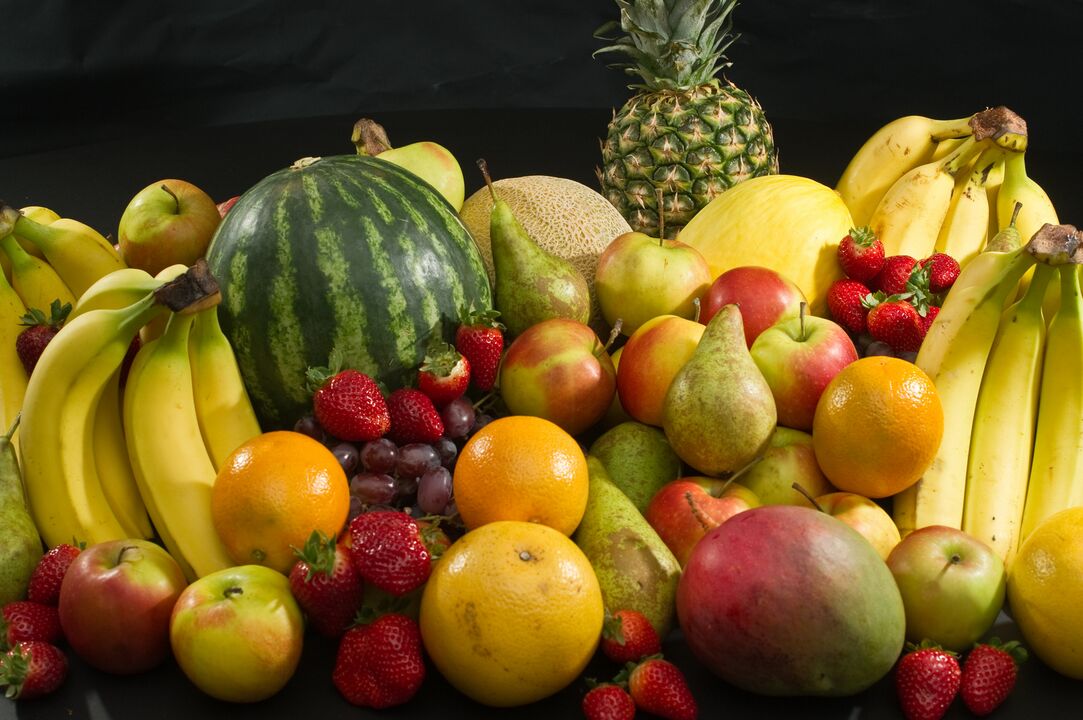
Beet or cane sugar, jam, strawberry jam and sweet apple are used to a limited extent as sweeteners.
What should you not eat if you have gastritis with high acidity?
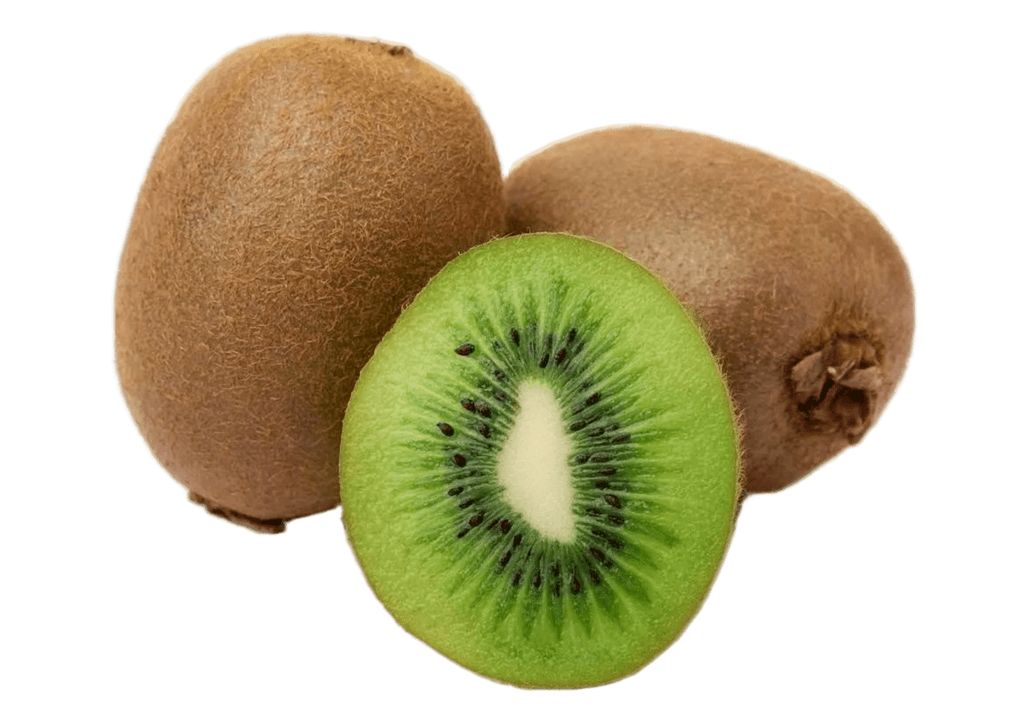
For this type of inflammation, dishes containing the following substances are not recommended:
- Stimulation of gastric juice production;
- Aggressively affects the walls of the stomach;
- Improvement of fermentation processes;
- It is poorly digested in the stomach.
Foods that stimulate the production of gastric juice:
- Kiwi.This sweet and sour exotic fruit has a pleasant taste and contains many vitamins, sugars and organic acids, as well as substances that stimulate tissue regeneration and have a local soothing effect. Meanwhile, you should refrain from eating kiwi if you have hyperacid gastritis, especially in the acute phase. The ban is due to the possible negative effect of acids on the inflamed stomach wall;
- orange.All citrus fruits (lemon, lime, grapefruit, tangerine) stimulate the taste buds and indirectly cause the production of hydrochloric acid. There are numerous scientific observations that confirm the fact that a person produces saliva even at the sight of a lemon. Therefore, with hyperacid gastritis, the consumption of any citrus fruit is strictly prohibited;
- Garlic.The plant is known for its phytoncides, substances that prevent the development of colds and are natural antibiotics. However, when consumed orally, garlic stimulates the appetite, thereby causing the active production of gastric juice.
Products that have an aggressive effect on the stomach mucosa:
- Chocolate. Despite the abundance of useful substances, it is forbidden to use it for gastritis. The ban is related to the high content (about 40%) of caffeine in chocolate. Caffeine is known for its aggressive effect on the sphincter and its ability to provoke reflux. Caffeine also has an irritating effect on the stomach walls. All these properties of caffeine and chocolate are undesirable for gastritis.
- ice cream. A delicious milk product, but containing thickeners, flavors, preservatives, flavorings and colorings. This cold and sweet delicacy has a negative effect on the walls of the stomach;
- nutsIt is undesirable to consume large amounts for gastritis (more than 30 grams per day);
- Cashew nuts.This product contains a caustic oily substance from which natural dye is made, so cashews can aggravate gastritis;
- Almondand other fruits and berries with stones (apricots, plums, cherries) contain a small amount of hydrocyanic acid, which has a bad effect on the walls of the inflamed stomach;
- hazelnut (hazelnut) is a product rich in nutrients, its protein value is close to meat. However, hazelnuts contain small amounts of aggressive acids that negatively affect the intestines. For the stomach of a healthy person, their effect is invisible, but with inflamed mucosa, hazelnuts can improve pathogenesis.
Products that improve fermentation processes in the body:
- CROPS(millet, corn, pearl barley, beans). Porridges prepared from these cultures contain coarse fibers, increase the acidity of gastric juice and stimulate fermentation processes;
- The peanut.This is not a nut, but the fruit of a leguminous plant. Like all legumes, peanuts cause fermentation in the stomach, thus irritating its walls;
- Grapes.It contains a large amount of useful substances, while it contains a lot of sugar. Grapes also have thick skins, the ingredients of which stimulate fermentation processes.
Foods that are poorly digested in the stomach:
- With meat contentproducts, poorly digested in the stomach, have a common feature of high cholesterol and animal fats;
- Lean pork, although it is on the list of acceptable foods for dietary food, it is not used in medical institutions. Therefore, we classified this type of meat as prohibited for gastritis;
- Duck and goose meat, smoked meat products.Fats, which are found in excess in these types of meat and delicious foods, suppress the production of hydrochloric acid, as a result of which the speed of digestion decreases. Fatty foods do not stay in the intestines, are quickly eliminated from the body and often cause diarrhea;
- Salo.The main energy value of this product is represented by animal fat. Pork contains a lot of salt and spices. Like fatty meat, lard suppresses the production of hydrochloric acid, irritates the walls of the stomach and causes diarrhea;
- Canned meat and fish.They contain flavoring additives, a lot of fat and other ingredients that are poorly digested in a sick stomach;
- Dumplings. They are difficult to digest and contain two opposite components in the composition: boiled dough and minced meat. In conditions of gastritis with high acidity, eating dumplings is accompanied by heartburn and heaviness in the stomach;
- Liver. This product contains a large amount (more than 270 mg per average serving) of cholesterol, in addition, the liver is a biological filter of the body, collects and processes harmful substances that enter the blood of an animal or bird. Despite the high content of vitamin A and other fat-soluble vitamins, liver is not recommended for inflammatory processes in the stomach walls.
Plant foods that are poorly digested in the stomach include cantaloupe and watermelon.
Diet for gastritis with low acidity
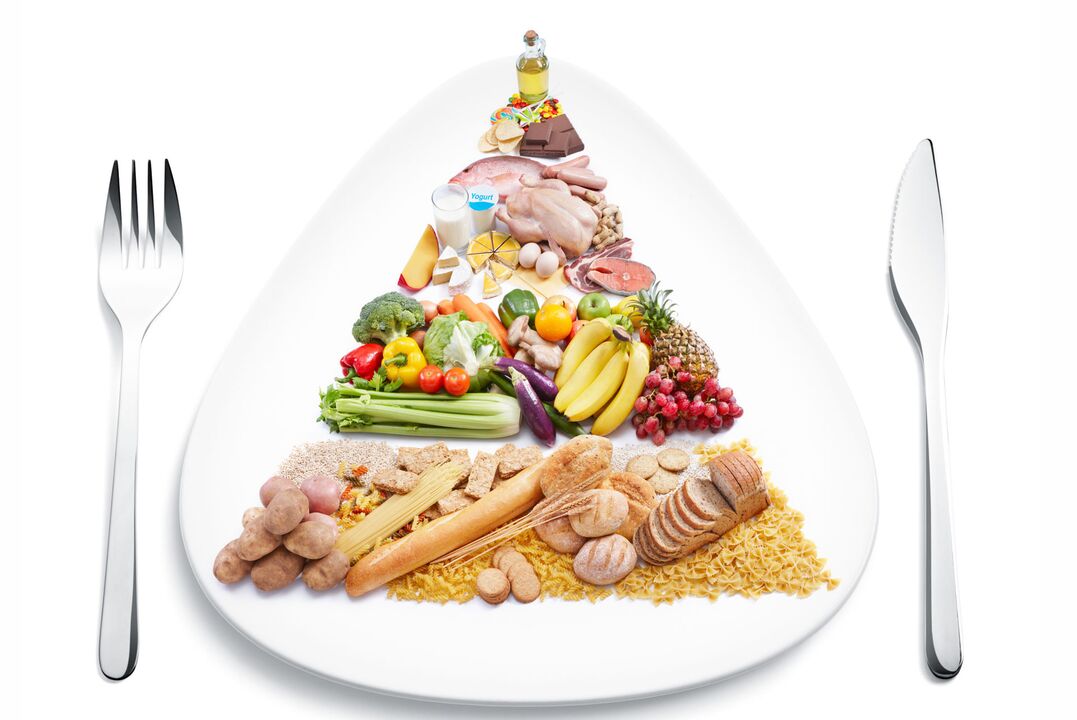
Hypoacid gastritis is manifested by belching, indigestion (usually diarrhea) and nausea. Symptoms are the result of insufficient digestion of food in the stomach. The recommended diet for low acidity has the official designation No. 2.
For gastritis with low levels of digestive enzymes, food is enriched with foods that stimulate the production of hydrochloric acid.
Dietary food for patients who have reduced production of hydrochloric acid is organized in the same way as a standard diet for gastritis. The group of products is approximately the same, but there are small differences, since low acidity is due to insufficient production of digestive enzymes.
Unlike gastritis with high acidity, in this case you can:
- Prepare dishes from the rich juices of meat and fish;
- Eat sweet and sour fruits and berries, including citrus fruits;
- Eat cucumbers and pickled tomatoes in reasonable quantities;
- Instead of milk, drink fermented milk drinks (kumys, kefir, baked fermented milk);
- Drink sour-tasting fruit juices;
- Drink still mineral water.
To improve the efficiency of digestion, food must be chewed thoroughly. Among medications, taking digestive enzymes is effective.
Diet for exacerbation of gastritis
Worsening of stomach inflammation is characterized by striking symptoms: severe pain, diarrhea, constipation, vomiting and gastric bleeding. As gastritis worsens, symptoms of dehydration, weakness, pallor of the skin and mucous membranes, and thickening of the liquid fraction of the blood are possible.
In the first days of an aggravation, it is allowed to fast completely and drink a lot of fluids in the form of physiological solutions and fluids that relieve inflammation and irritation of the stomach walls. From the second or third day, the gradual introduction of nutritional components into the diet begins.
Basic nutritional diet subtypes 1a (for diarrhea) and 1b (for constipation) are energy poor. The diet reduces the amount of carbohydrates, proteins and fats. In the first phase of therapeutic nutrition, foods that even slightly stimulate the secretory function are completely excluded.
The diet menu for exacerbation of gastritis includes:
- Puree soup with cereal mucilage in water with gradual inclusion of milk;
- Shredded lean meat (chicken, rabbit, tender beef, boneless fish) in the form of soufflés and steamed cutlets;
- Soft-boiled eggs, omelets;
- Water-based porridge made from crushed buckwheat, oats and rice;
- Drink berry jelly, weakly brewed tea without sugar.
After the relief of symptoms of irritation, they are gradually returned to basic diets with high or low acidity.

































